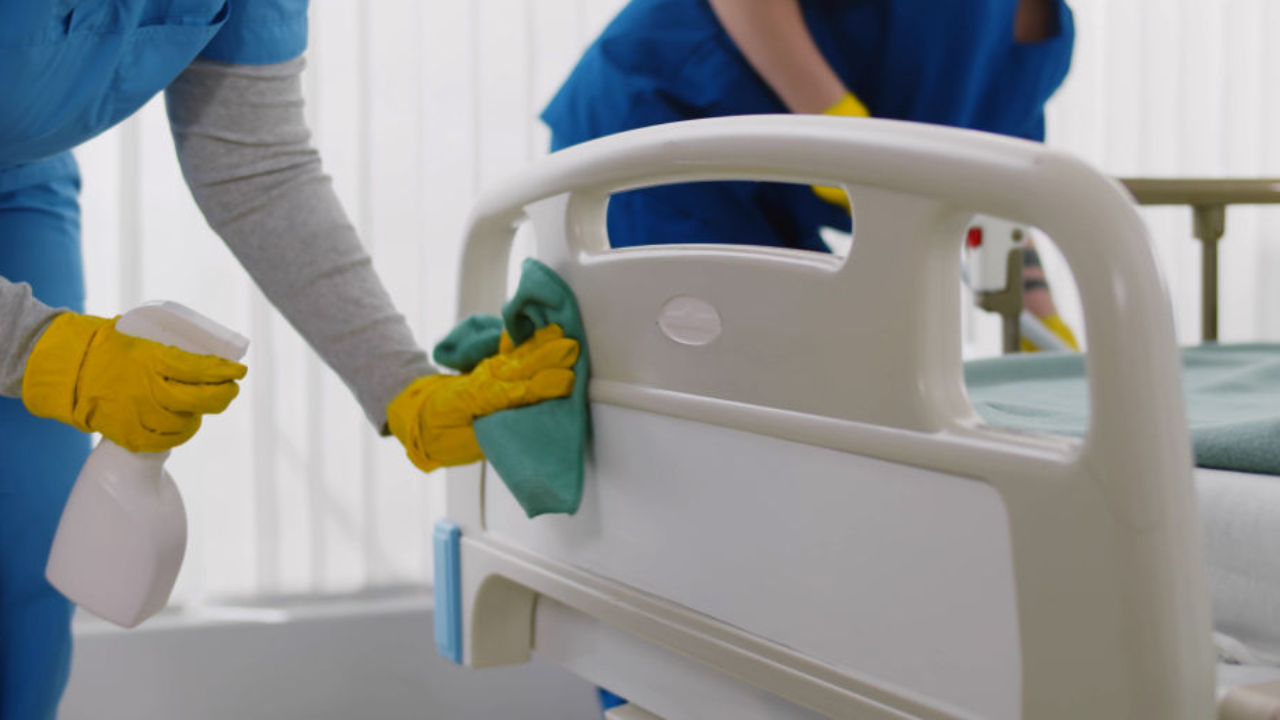Blog detail

November 09, 2024
by Nanzpharma
How Often Should You Disinfect Surfaces in a Clinic?
Maintaining a consistent disinfection routine in clinics is essential for preventing infections and creating a safe environment for patients and staff. The frequency of disinfection depends on factors such as the volume of foot traffic, the type of surfaces in question, and exposure to potential contaminants. Establishing a structured disinfection schedule is critical to reducing the risk of infection and ensuring clinics meet the highest standards of cleanliness.
High-Touch Areas Require Frequent Disinfection
High-touch areas, such as door handles, light switches, and examination tables, can quickly accumulate germs due to frequent contact. These areas should ideally be disinfected multiple times a day to prevent pathogen build-up and reduce the risk of contamination. In clinics with high patient traffic, more frequent disinfection is crucial for maintaining a hygienic environment. Regularly disinfecting high-touch surfaces helps minimize the spread of infections, creating a safer space for everyone who visits or works at the clinic.
Examination Rooms Need Cleaning Between Patients
Disinfecting examination rooms between patients is a vital protocol in clinical settings. This process includes cleaning examination tables, medical equipment, and any surface the patient or provider may have touched. By thoroughly disinfecting these spaces after each use, clinics can prevent cross-contamination and assure new patients of a clean and safe environment. This routine reinforces the clinic’s commitment to maintaining high hygiene standards, ultimately enhancing patient trust and satisfaction.
Waiting Areas and Reception Desks Require Regular Attention
Waiting areas and reception desks are often high-traffic zones that see multiple patients and visitors daily, making them prone to contamination. Disinfecting these areas at least once or twice a day is essential to limit the spread of pathogens on shared surfaces. This includes cleaning seats, reception counters, and any items patients may come in contact with, such as pens or touchscreen check-in devices. Maintaining cleanliness in these areas not only supports patient health but also projects a professional image of the clinic.
Public Restrooms Should Be Disinfected Frequently
Public restrooms in clinics are another area that requires frequent attention due to high usage and potential contamination risks. Disinfecting restroom surfaces, such as faucets, toilet handles, and door knobs, several times a day is recommended to prevent the spread of germs. In high-traffic clinics, more frequent restroom cleaning helps maintain a safe environment, reducing health risks for patients and visitors. A consistently clean restroom reflects well on the clinic’s commitment to hygiene and patient safety.
End-of-Day Deep Cleaning for Thorough Disinfection
Performing a thorough cleaning at the end of each day ensures the clinic is prepared for the next morning. This deep cleaning should cover all surfaces, patient rooms, waiting areas, and hallways to maintain a high standard of cleanliness. Implementing an end-of-day cleaning routine allows the clinic to reset for the following day, providing a fresh, hygienic space for patients and staff. A deep cleaning routine reinforces the clinic’s commitment to safety and creates a welcoming environment.
Promoting Health and Safety Through a Clean Environment
Consistent and frequent disinfection is key for clinics dedicated to safety. By establishing a structured cleaning schedule, clinics can limit the spread of germs, protect patient health, and create a comfortable environment. Nanz Med Science offers specialized disinfectant solutions tailored to clinical needs, supporting effective and reliable infection control practices.

